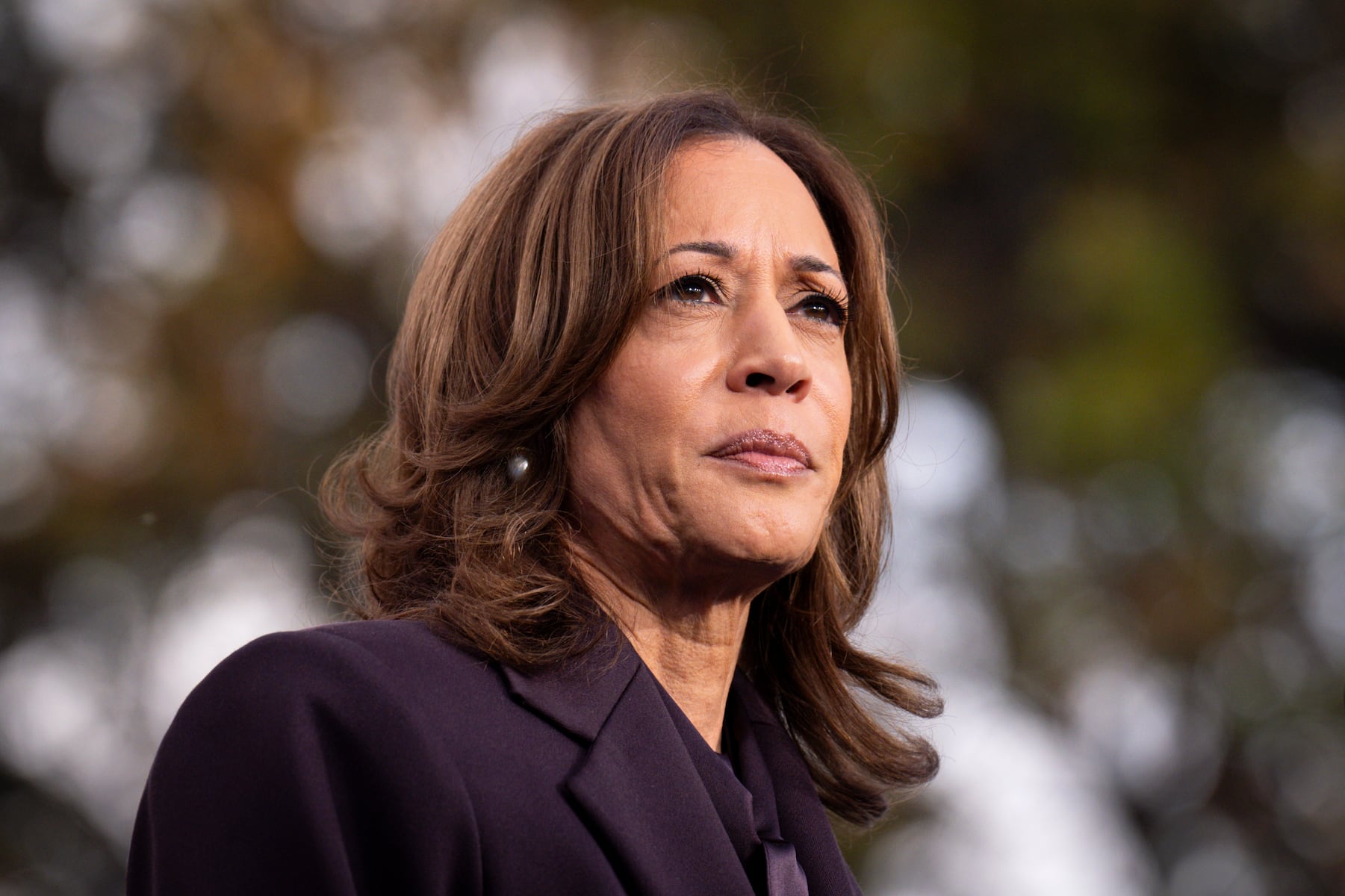Former Vice President Kamala Harris has formally announced she will not seek the California governorship in 2028, a decision that immediately recalibrates the landscape of both state and national Democratic Party politics. This pivotal choice leaves wide open the increasingly discussed prospect of a third run for the White House in the upcoming 2028 presidential election cycle.
Harris’s declaration extends a prolonged period of speculation surrounding her political future, which intensified following her defeat in last year’s presidential election against Donald Trump. For months, the former vice president had privately weighed several distinct paths: a return to Sacramento as governor, another formidable bid for the nation’s highest office, or a complete withdrawal from electoral politics after a challenging period.
In a public statement, Harris articulated her immediate intentions, clarifying, “For now, my leadership — and public service — will not be in elected office. I look forward to getting back out and listening to the American people, helping elect Democrats across the nation who will fight fearlessly, and sharing more details in the months ahead about my own plans.” This indicates a strategic pause from direct campaigning, opting instead for a role focused on party building and public engagement.
Despite the lure of leading her home state, questions lingered about Harris’s genuine interest in re-engaging with the intricacies of statehouse politics after years operating on the national and international stage. Democratic strategist Sean Clegg, a long-time adviser to Harris, revealed that while a gubernatorial run held some temptation, her ultimate choice stemmed from a “gut decision,” exploring alternatives, including the potential establishment of a non-profit dedicated to engaging younger voters.
Harris’s recent political history includes her bid for the 2020 Democratic presidential nomination, which she withdrew from prior to the Iowa caucuses, marking her first significant electoral setback. Subsequently, she made history as Vice President alongside Joe Biden. In 2024, she became the Democratic nominee after Biden’s withdrawal, ultimately losing the general election to Donald Trump, who secured victory across all key swing states.
Looking ahead to 2028, any potential presidential campaign by Kamala Harris would necessitate a concerted effort to persuade national Democrats that she represents the party’s most viable political future, despite her recent loss to Donald Trump. Furthermore, she must navigate the lingering association with Joe Biden and the criticisms that have emerged regarding his second term, which could pose a challenge to her independent appeal within the electorate.
The 2028 presidential contest is anticipated to draw a robust and diverse field of candidates, potentially including figures like California Governor Gavin Newsom. Any nominee will face the considerable task of unifying a Democratic Party that currently struggles with low approval ratings and faces significant hurdles in counteracting Donald Trump’s enduring political influence.
Harris’s decision not to pursue the governorship in California significantly reshapes that state’s gubernatorial race, leaving the contest wide open. The burgeoning California Governor field currently features prominent Democratic contenders such as former U.S. Rep. Katie Porter, former Los Angeles Mayor Antonio Villaraigosa, and former Biden administration health secretary Xavier Becerra, alongside numerous state officeholders vying for the top spot.
Amidst this unfolding political drama, Antonio Villaraigosa offered his perspective, speculating that Kamala Harris’s political future is far from concluded. He suggested her decision “reflects her continued commitment to serving at the highest levels of government,” indicating that her absence from the gubernatorial race may merely be a strategic pivot towards a more ambitious national role in Presidential Politics.






Leave a Reply